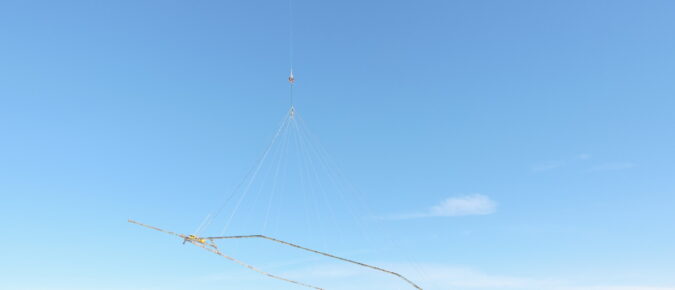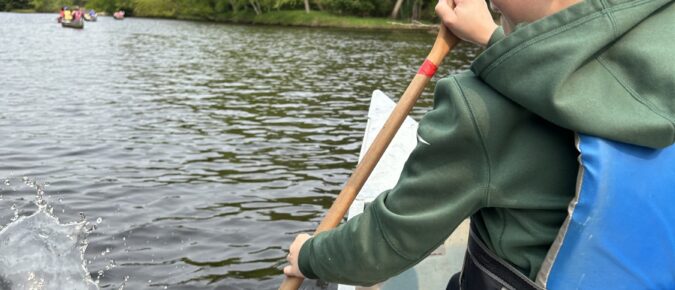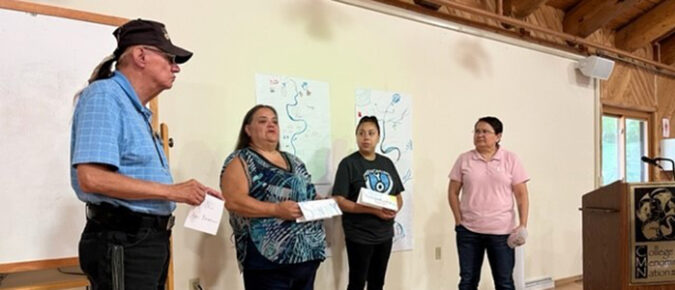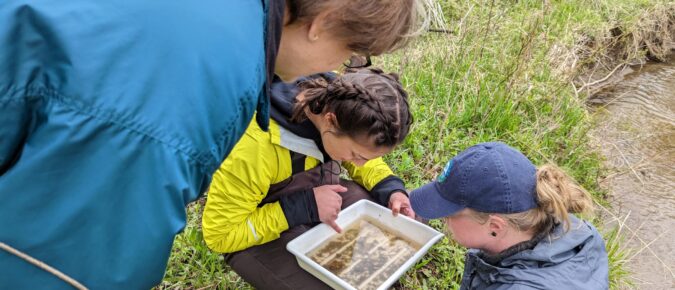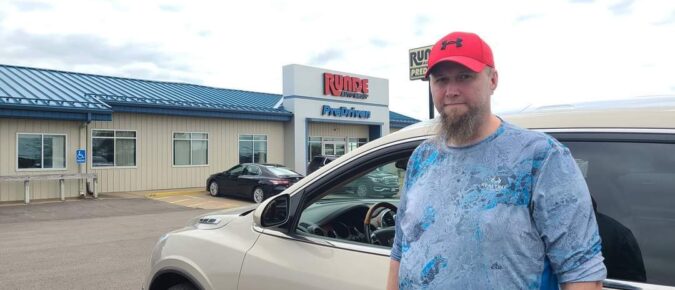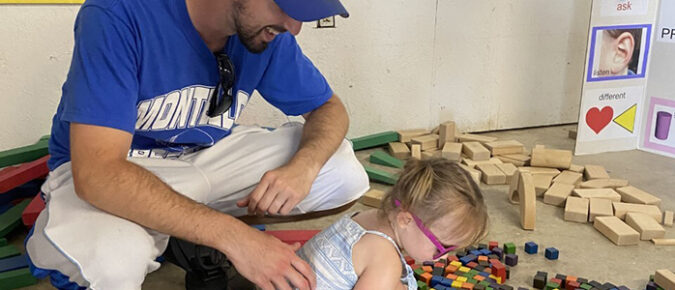New rules governing field manure applications, Wisconsin Administrative Codes ATCP 50 and NR 151, depend on depth-to-bedrock measures. To apply those rules, depth-to-bedrock maps created in the 1970s are currently used over much of the Silurian dolomite in eastern Wisconsin. However, these maps show depth to bedrock at a coarse scale and do not use […]
Young people throughout Wisconsin are the next generation of community leaders, public officials, educators, health care workers and laborers. At the same time, youth mental health challenges, racial and economic inequities, and instances of school violence continue to increase. Societal realities have led to a decrease in social connections and an increase in the reliance […]
Research has shown that autistic students choose STEM majors at a much higher rate than neurotypical students, yet college attendance rates for autistic youth are much lower than expected. Recommendations for easing the transition of autistic youth to college include experiential learning opportunities, specialized teaching strategies, STEM career exposure, and social skills development. To address […]
In healthy communities, people experience belonging, feel empowered to participate, and have the opportunity, support, and resources to thrive. For some Wisconsin residents these opportunities remain limited. Native Americans and people of color live and work across rural Wisconsin but their presence in and contributions to rural communities are largely ignored, according to the Governor’s […]
End of life planning can be an intimidating process. It can also be confusing and emotional, which may explain why only 37% of Americans have completed Advance Care Directives. In 2018, UW Health indicated that out of 41,000 patients, only 40% of those 65 and older had completed Advance Directives, and of those 85 and […]
For over 25 years, the Water Action Volunteers program (WAV) has provided free training and equipment for volunteer stream monitors and local partners across Wisconsin who are interested in monitoring the water quality of wadeable streams and rivers in their local watershed. WAV empowers interested youth and adults to become stewards of their local waters […]
Black ash trees are abundant along the St. Louis River Estuary and the Lake Superior coast. After the non-native emerald ash borer reached the region in 2013, these trees and the habitat they provide may be lost. When cover provided by black ash trees begins to decline, invasive shrubs growing in the understory are poised […]
Physical activity and movement is a cornerstone of well-being, contributing significantly to the physical, mental, and social health of communities across Wisconsin. In the face of prevalent chronic diseases and exacerbated health disparities, it is imperative to adopt a comprehensive community strategy that promotes engagement in physical activity, with a specific emphasis on strength training. […]
Wisconsin ranks at the bottom of most metrics related to economic racial inequities. In an annual survey using data from multiple federal agencies, Wisconsin ranks 50th in racial equality among the 50 states (as measured across 21 metrics; only the District of Columbia ranks lower). Wisconsin data also show that between 2000 and 2019, the […]
All Wisconsin children deserve the opportunity to reach their full potential. Thriving childhoods are largely driven by everyday interactions with nurturing parents and caregivers. When parents feel confident in their caregiving role, they lay the foundation for their children to flourish across the lifespan. Anyone raising children can benefit from research-based parenting practices applicable to […]

